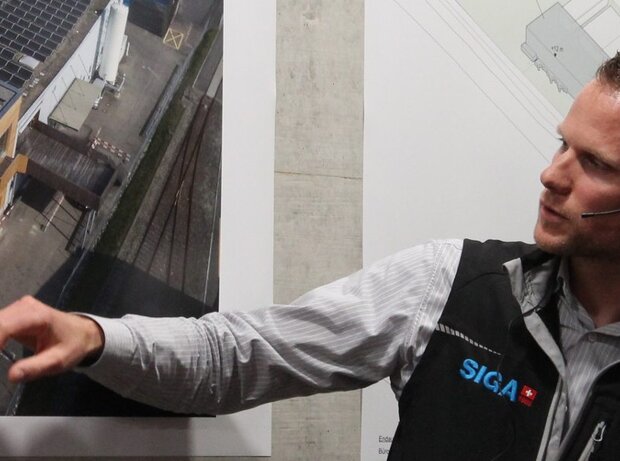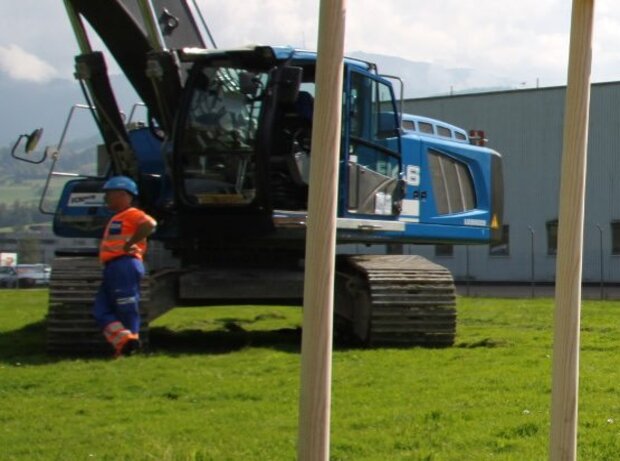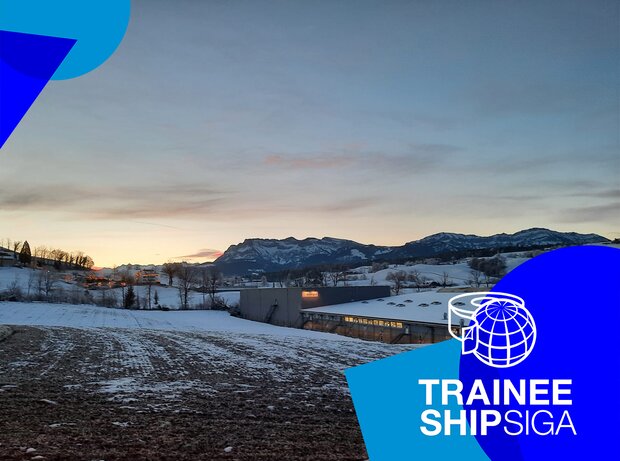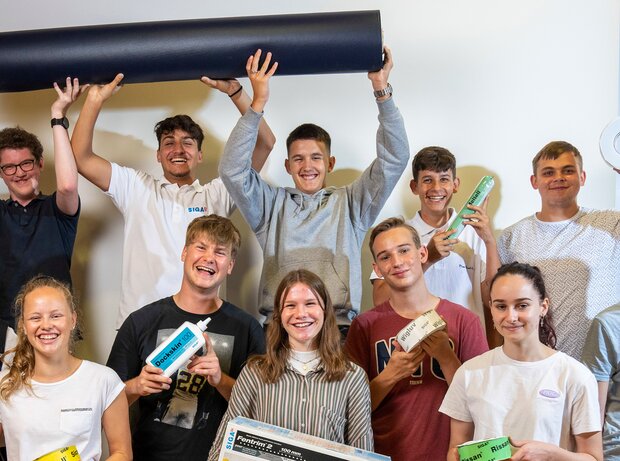
Definition: Airtightness & windtightness
We compare airtightness & windtightness with the onion skin principle. Learn what can happen if a building is not air- or windtight.
Have you heard these sentences before – either from energy consultants, engineers, other architects or builders?
“Build airtight”
“Make your house windtight”
But – what does this actually mean?
Onion skin principle in the building
Let’s compare the airtight and windtight building envelope with our clothing. In cold and damp weather several layers of clothes proved their value (“onion skin principle”).
Airtight buildings
If you do sports, you wear functional underwear to carry sweat away from your skin. This corresponds to the airtight building envelope formed by the base plaster on the masonry and the vapour control layer in the roof. It is required by Part L of the Building Regulation in UK & Ireland and § 6 of the German energy saving regulation (EnEV). You can easily test the quality of the airtight installation with a blowerdoor test.
Windtight buildings
A woolly sweater protects from cold (= insulation). But insulation is not enough.
Especially in cold, windy weather this sweater is not sufficient. You additionally need a windtight jacket (= facade membrane or breathable membrane). When this jacket is open, cold wind and moist air enter the sweater and you feel cold. If you close the zipper however, which corresponds to the windtight building envelope, wind and weather are kept out and the body remains comfortably warm.
This layer is formed by the roof tiles tiles and the permanently sealed breathable membranes.
What happens when a building is not airtight or windtight?
In many buildings in the UK and Ireland, more than one third of the warm air escapes through leaking areas in the building envelope. Consequently an airtight and windtight layer is the most reliable protection against energy and heating cost loss. Regular, controlled ventilation or a ventilation system provide healthy indoor air.
What does an airtight and windtight building do?
- The insulation is protected from damage by mould, which would lead to expensive renovation work and health hazards
- It prevents draught and increases the living comfort
- It allows the insulation to achieve it’s theoretical efficiency
- You avoid the usage of toxic wood preservatives and keep the construction free from vermin
- It locks out odours, noise and summer heat
- It increases the value of your building
- You save energy & money

Stefanie Schaller
HR Marketing and Employer Branding Manager on a mission to position SIGA as a great employer. Outside of work, she enjoys immersing herself in the world of books, passionately practices yoga, and is a proud mum.










